The natural beauty of Lofoten, part 1
s most will know, we've spent a total of three years living in Lofoten, and in that time, we have seen quite a lot of what the islands can offer. With this blog, we wish to offer our insight to anyone wishing to travel there. Being who we are, we are not particularly attracted to the popular tourist places, and so we will try to show you some of the more hidden gems. There is quite a lot to cover for one blog, so this will be another 2-parter. Hope you'll enjoy the read!

When to visit
Lofoten is a beautiful place in any season, but we’re not going to sugarcoat it. It is a place surrounded by the North Sea and depended on the Gulf Stream, so the weather here will be harsh. In autumn and winter you will usually find the worst weather and the summers can be wet and cold as well, but if you’re lucky, all the seasons can offer fantastic weather, with autumn and winter having some of the most spectacular light for photography, as well as the Northern Lights. Keep an eye on the weather forecast, and say a prayer to the weather gods before travelling here!
How to get there
There are a number of options available, depending on how you prefer to travel. For us, we prefer a car, since it gives us the opportunity to go away from the beaten trail, and of course also because we have the dogs. Having said that, the Lofoten Islands can be a difficult place to drive for anyone used to dual-lane highways and roads with standard with… There are lots of corners, narrow roads and tunnels, but anyone taking it slow and steady (and not minding the locals driving like crazy) will be able to stop at many stunning viewpoints, and also visiting all the hidden places around. You can choose to drive all the way to the end, and then take a ferry that runs a few times a day to Bodø as well. Just beware that it is a fairly long ride in potentially rough weather, if you’re prone to getting seasick.
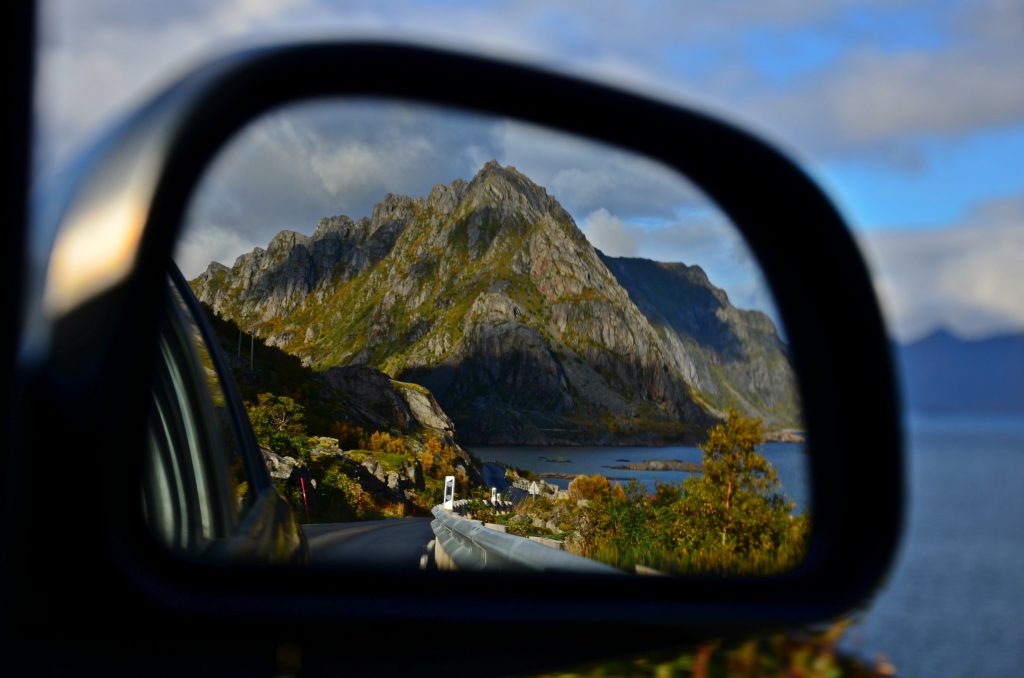
Should you choose to visit by car, we would advise not to visit during the peak summer months. Lofoten is a small place, and there’s millions of people coming here then, which leads to many, many caravans clogging up the roads. Public transport is another option. There are buses running from the mainland and out to Lofoten, a speedboat travelling from Bodø to Svolvær, and Hurtigruten, a cruise ship/ferry that runs all the way from Bergen to Kirkenes makes a few stops in Lofoten as well. Travelling by bus requires a bit of planning though, as the buses are not running particularly often, and may be difficult to correspond sometimes. They also tend to be crowded in summer, especially the local ones. There are also airports here, with the closest big one either in Bodø or Evenes, and then two smaller ones in Svolvær and Leknes. Flying to the two last ones can be expensive though, if you’re on a budget.

The final option is hitchhiking. There’s only one road leading through the entire islands, and many of the locals are more than happy to take on extra passengers. From talking to other travellers, we’re learned that it’s fairly easy to get a ride, obviously depending a bit on the time of year and the amount of cars.
Accommodation
This one might be a bit tricky, depending on your standards and/or lust for adventure, and the time of year. During the summer months, there are loads of places offering a bed and more, within most price ranges. There are several hostels around, and the bigger villages will usually have 1-2 hotels and other options. In the other parts of the year though, some places offering accommodation might be only partially open, or even outright closed (particularly around Christmas). Camping is a very good option, as Norwegian Law allows anyone to camp anywhere, as long as it’s at least 150 m away from a house or cabin, and you use a bit of common sense in your choice of land to stay on (not farmland or the cemeteries, for example). This one might be a bit depended on season though, because of the weather. The last options are Couchsurfing and AirBnB. There’s not too many hosts, but in the low seasons these might be very good options.
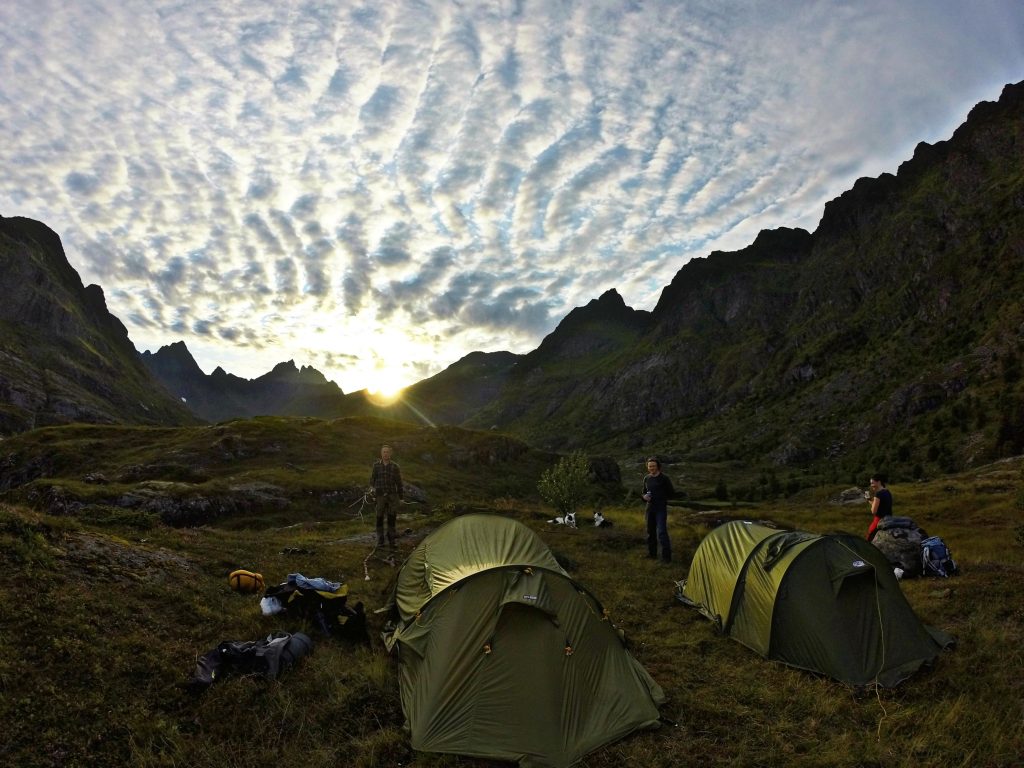
So, I’m here. Now what?
The Lofoten Islands is a place of stunning beauty, so there’s no surprise that that’s why most people come here. Especially in summer the place is teeming with hikers, campers and mountain climbers, and in winter there are many skiers coming to test their mettle. There are obviously some major attractions, which we will cover, but our main aim is to try and show you the hidden places that not many tourists find.
Svolvær/Kabelvåg
Svolvær is the biggest town in Lofoten, and also our home for a year. It’s an interesting town, as the houses are sometimes placed where no one would believe a house could be placed, you can catch fish in the middle of the “suburbs”, and for three months in winter the whole town smells of fish drying in the wind. Kabelvåg is the village just next to it, with a more quiet, laid back feel to it compared to Svolvær. There’s not really much in the way of sightseeing here, with the Lofoten Cathedral in Kabelvåg being the biggest point of interest, and in the center of Svolvær there’s an old cold storage warehouse housing a bar made entirely from ice (creatively called Magic Ice). We also recommend a trip out to Svinøya for a walk among the fish drying racks, and all the way out to say hello to the Fishermans Wife, greeting the sailors as they enter the harbour. As for hiking, Svolvær is famous for the Svolvær Goat, a tower-like peak with two boulders perched on top. You need climbing gear to get up there, and daredevils can attempt the jump from one boulder to another. In the same place you can also reach Fløya, the tallest peak in the area and the Devils Gate, a large flat boulder wedged in a crack. The walk up to these three are not for the faint of heart though, as the initial trail is a near vertical walk with one or two climbs up large boulders. If you do make it up, the view is breathtaking. Word of warning, this is not a place to go hiking in bad weather or in winter.
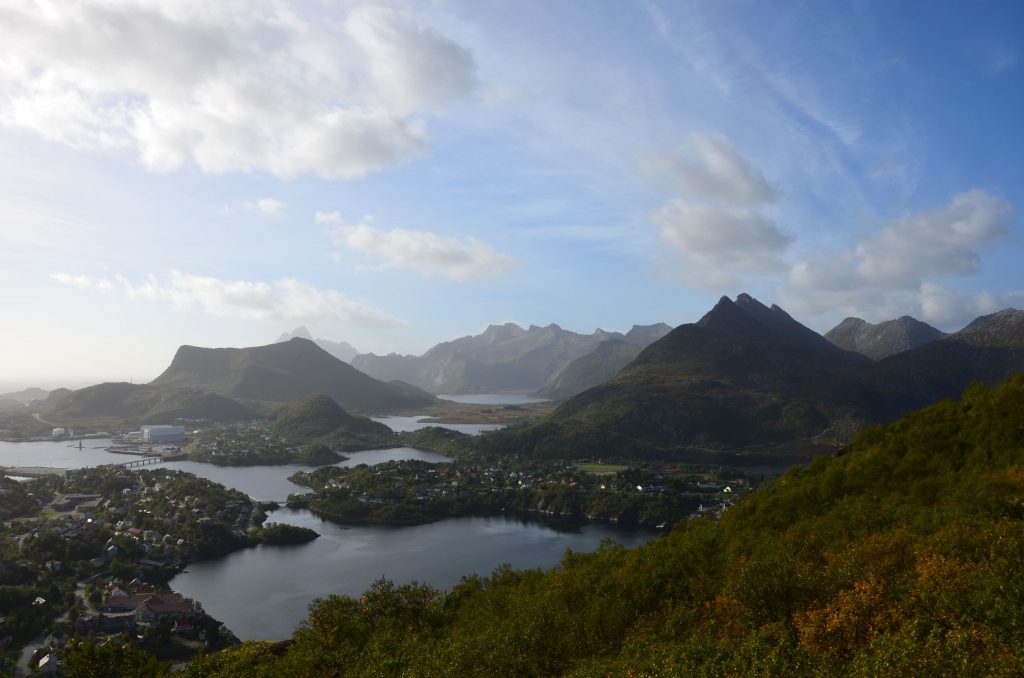
For those who don’t fancy the climb, there’s an easier walk up to a lookout point called Linken just before you leave Svolvær towards Kabelvåg. There’s a radio tower up there with an access road, a very popular trail among the locals. You can also branch off to a nearby peak called Tjeldbergtinden, and again, the trail up there is fairly steep in the beginning, and can be a challenge for many. Behind Svolvær there’s also a network of trail starting at a big lake called Kongsvatn, where you can either walk all the way around, or follow the trail to Kabelvåg through the woods. In winter, skis are mandatory, as this trail is ploughed and prepared for it.
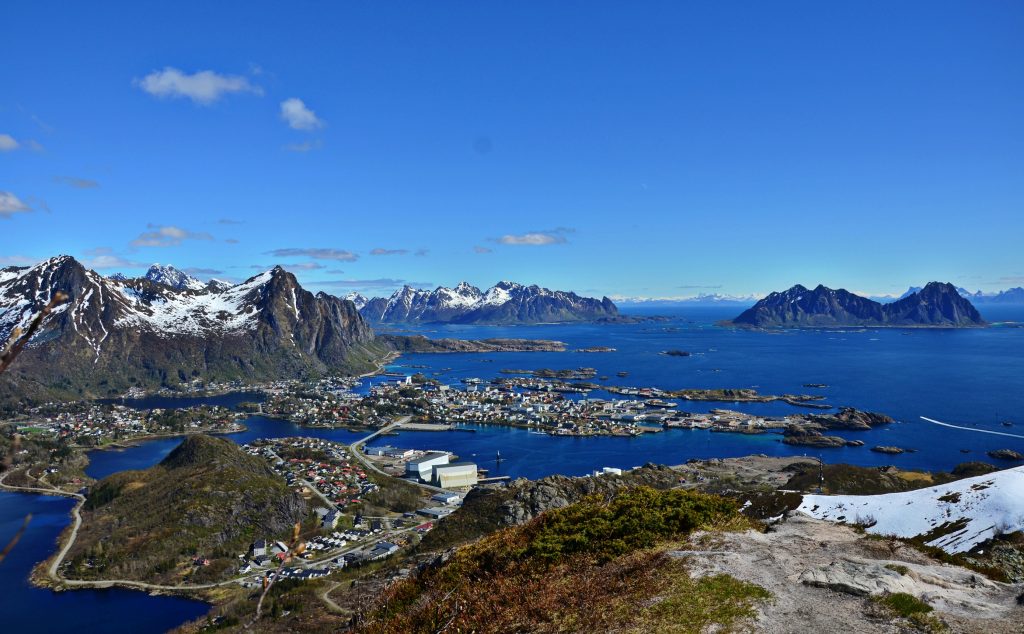
Henningsvær
This is one of the more popular places to visit in Lofoten. It’s a tiny village nestled on several small islands, and as a result the streets are quite narrow. Home to many artists and photographers, this place also houses the Climbing Café, as the mountains just outside are brimming with paths for people try out. Having lived here for two years, we can safely say that summer is not the best time to visit. The road out here are quite narrow, and a 7-minute drive for locals easily stretches to 30 minutes when there are 15 caravans navigating it. There are several places offering accommodation, as well as several art galleries.
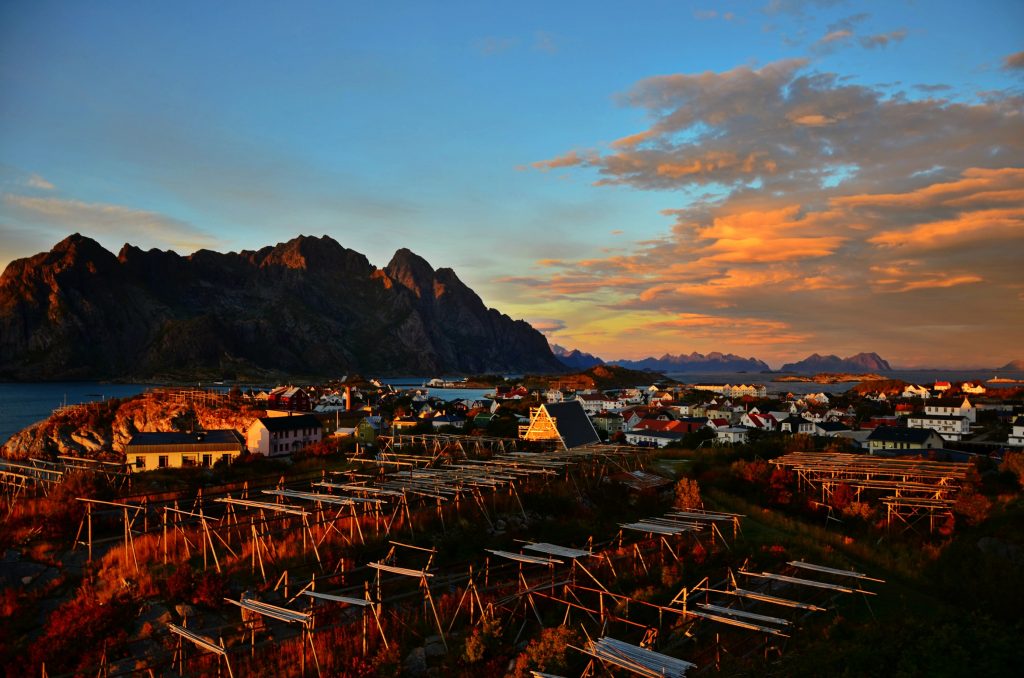
For the more nature-minded, There’s a popular peak called Festvågtinden just outside with a very spectacular view. You may be noticing a theme here with the hikes, and this one is no different. It is very steep to get up there, although the trail is very well worn. There’s an easier option though, and that’s an old water reservoir. The trail heads off to the right a few meters up the main trail, and the view of Henningsvær is just as good. A more leisurely option is to go to Djupfjord, about half way between the E10 and Henningsvær. Here you can go for a nice, easy walk to a lake in the back of the valley, or you can branch off and go for the most difficult peak in the area, Vågankallen. We’ve never been there, so we can’t say anything about the trail, but it’s not something you attempt in less than perfect weather…
The rest of the blog will continue in part 2, where we will show you our favourite places to go hiking and walking.

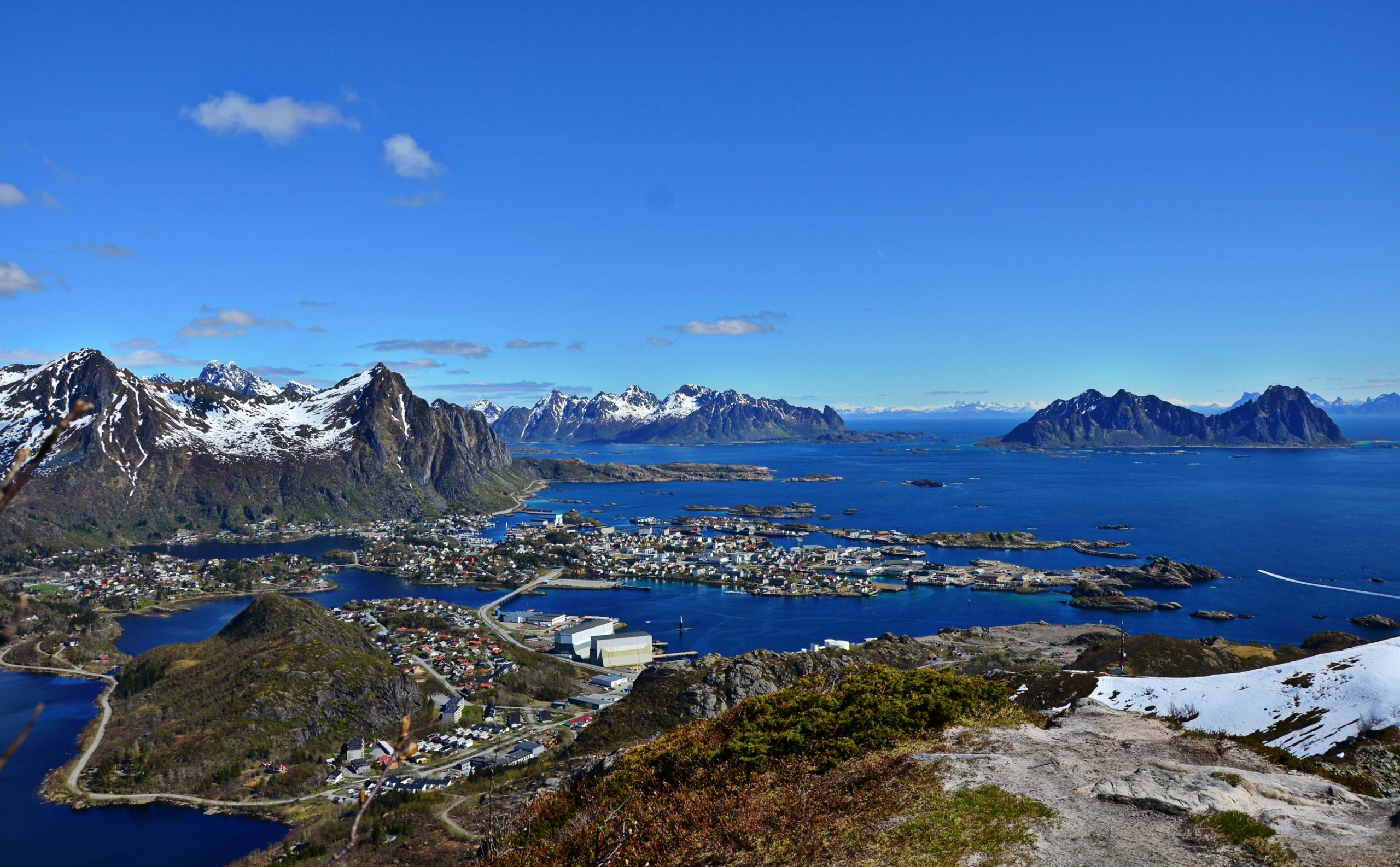
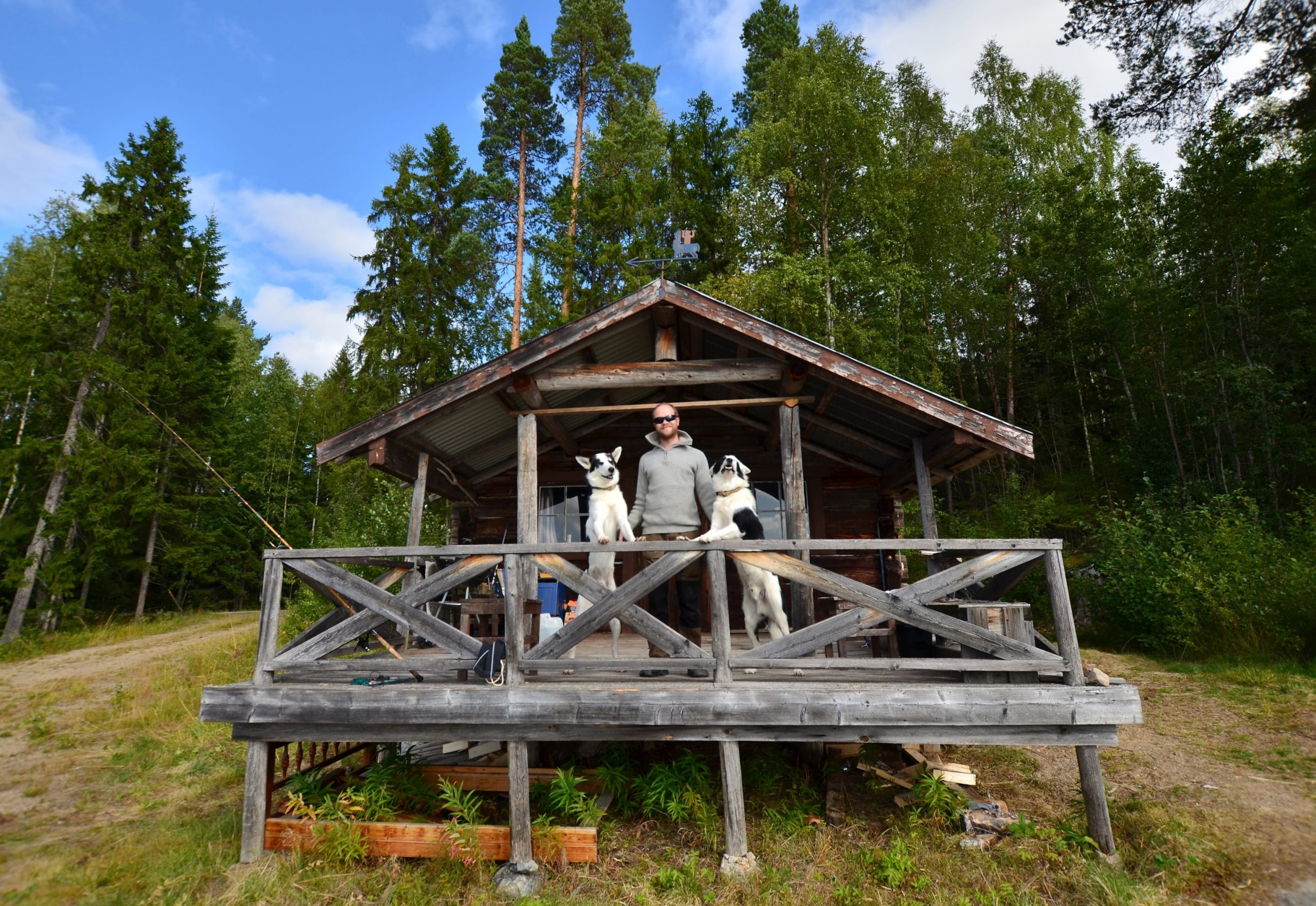
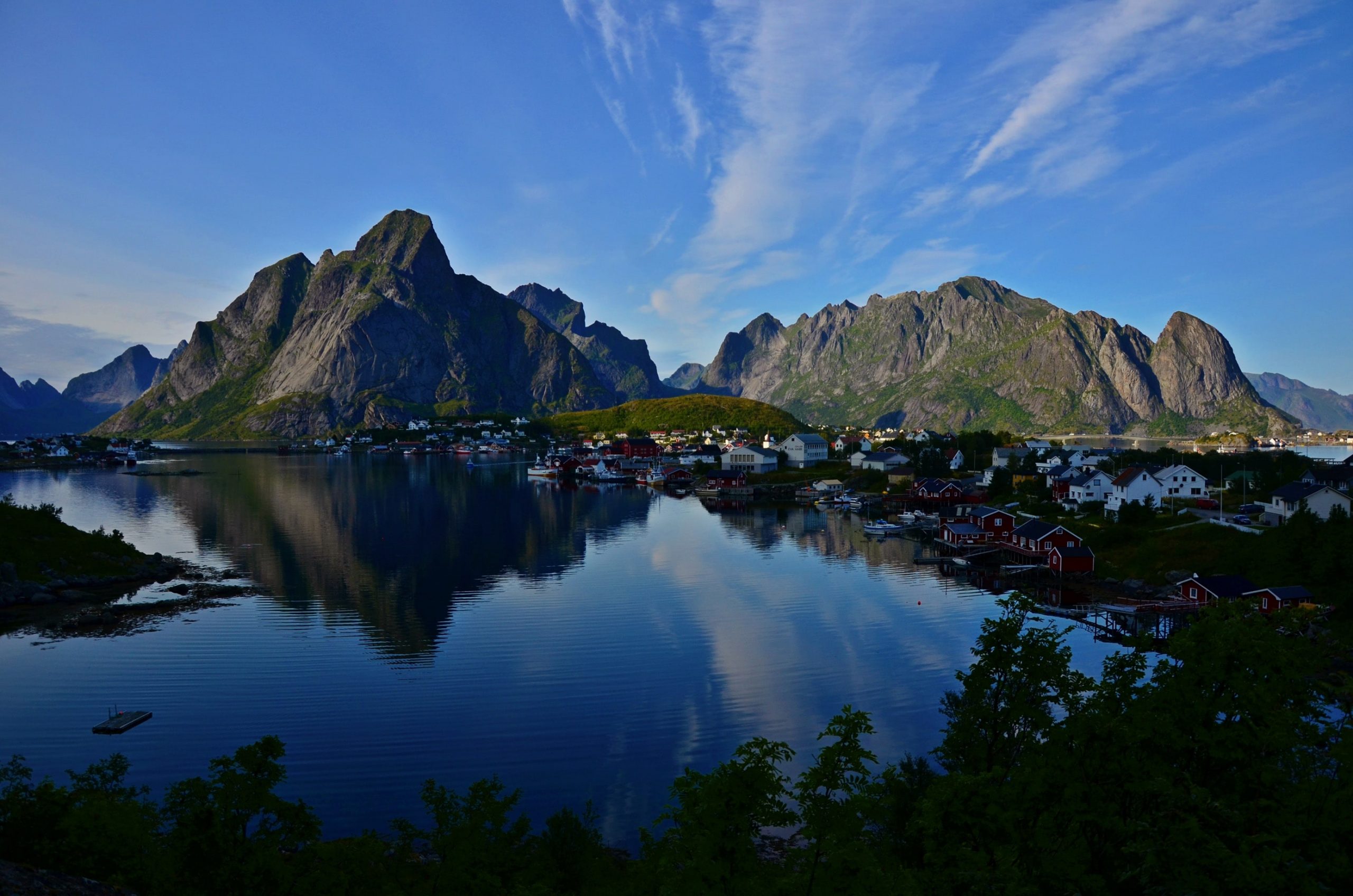
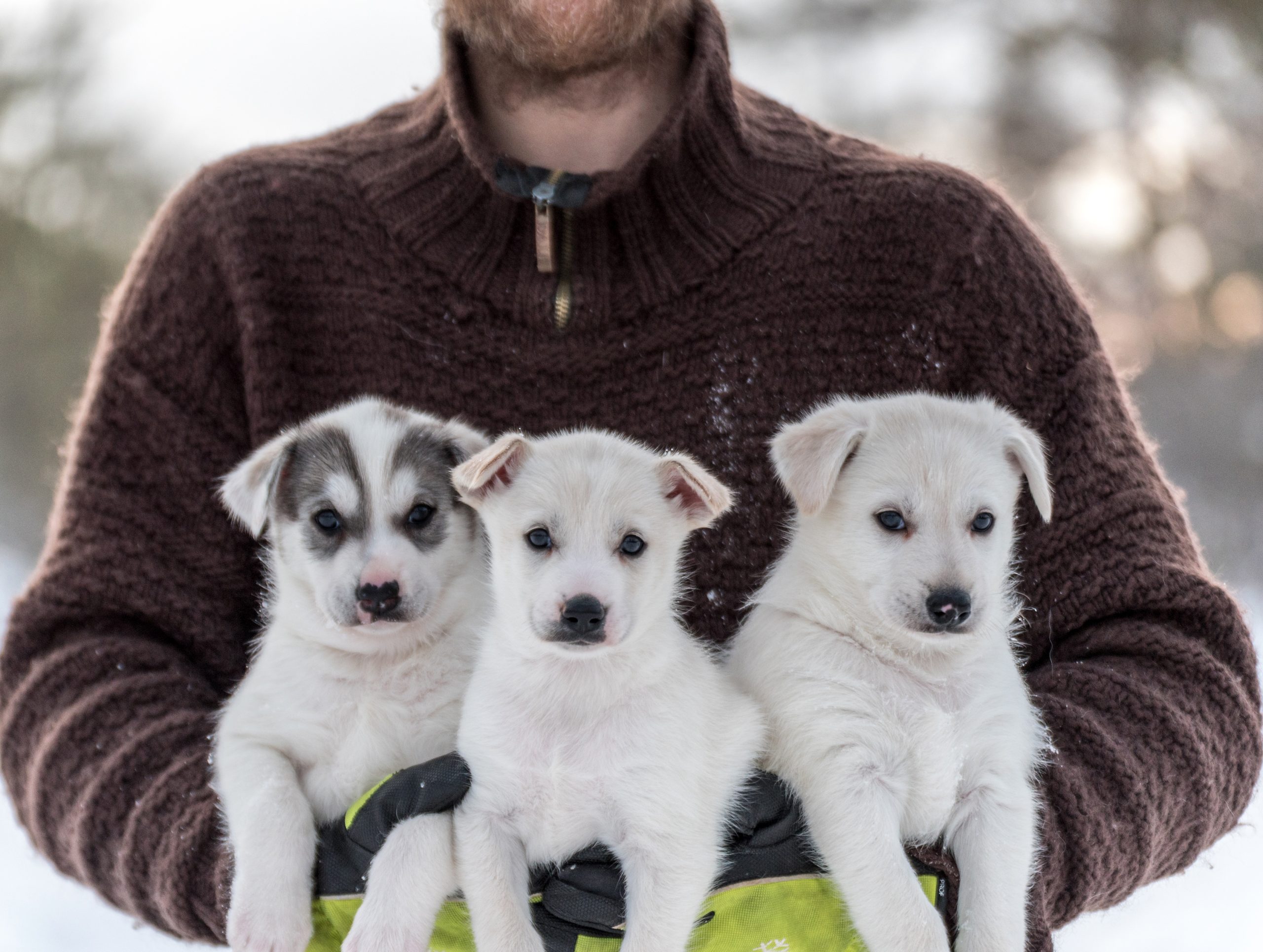
Leave a Reply